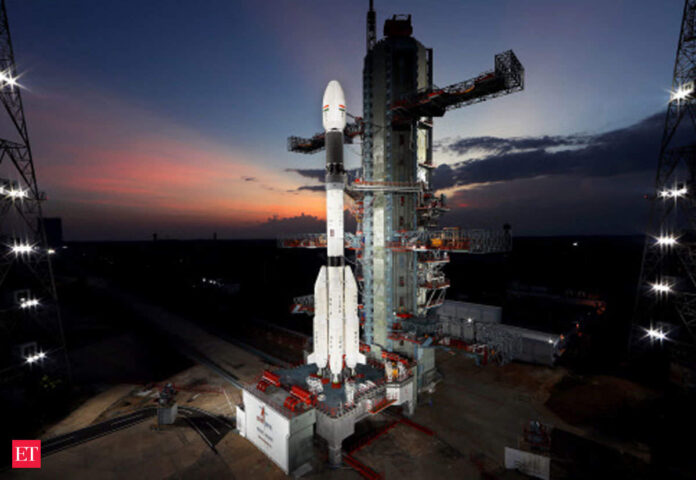Image Courtesy: The Economic Times
The Indian Space Research Organisation (ISRO) suffered a blow on Thursday when it failed to launch its most advanced Geo-Imaging Satellite-1 into orbit (GISAT-1). The 57.10-meter-tall, 416-tonne Geosynchronous Satellite Launch Vehicle (GSLV-F10) took off from the second launch pad at 5.43 a.m., and the core stage burnout went off without a hitch, sending the rocket in its intended direction.
Everything proceeded according to schedule until around five minutes into the rocket’s flight when the cryogenic engine was ignited. The mission control centre at the space port here tightened up around six minutes into the rocket’s flight, just after the cryogenic engine started operating, because there was no data coming from the rocket.
The cryogenic engine had a performance issue, according to one of the ISRO officials. “The mission cannot be fully executed due to a technical issue discovered in the cryogenic stage,” stated K. Sivan, Chairman of ISRO, while announcing the mission’s failure.
The 2,268 kilogramme GISAT-1/EOS-03 communication satellite, which was carried by the rocket, was also lost.The GSLV-F10 is a three-stage rocket with three engines. Solid fuel powers the first stage’s core, while liquid fuel powers the four strap-on motors. The liquid fuel engine is the second, while the cryogenic engine is the third.
Following the successful launch of the Brazilian satellite Amazonia-1 by ISRO’s rocket Polar Satellite Launch Vehicle (PSLV) earlier this year, this will be ISRO’s second space mission in 2021.


























